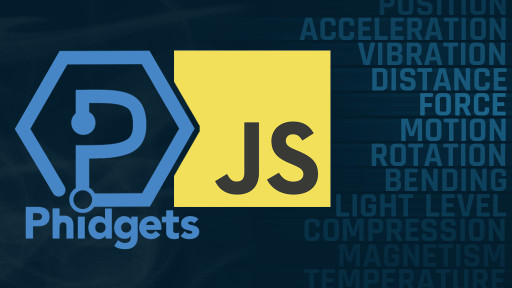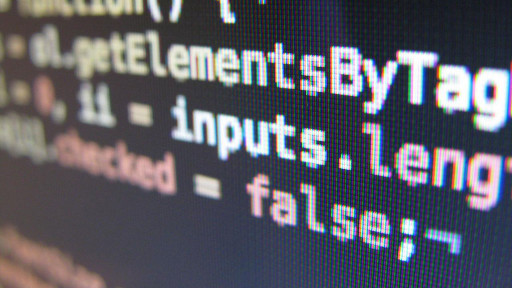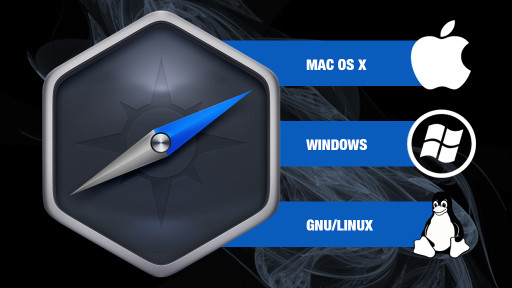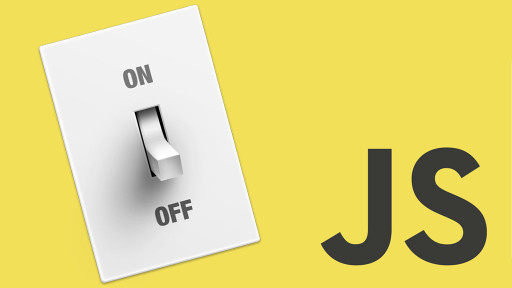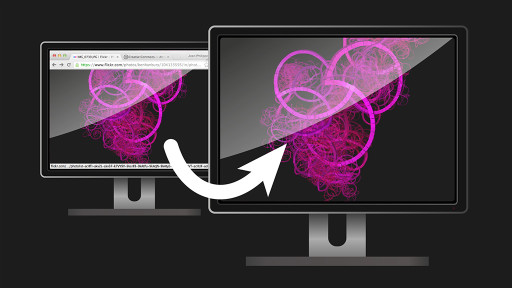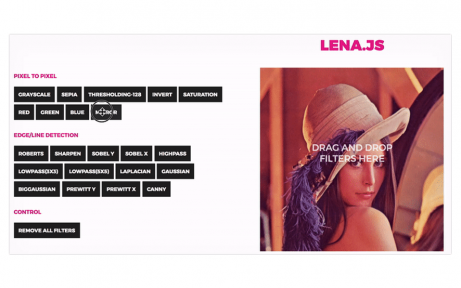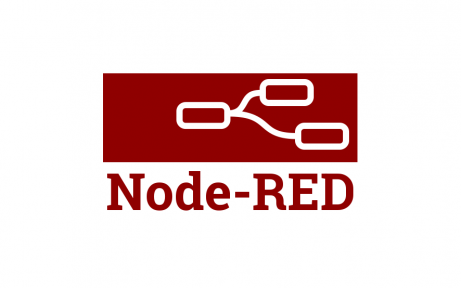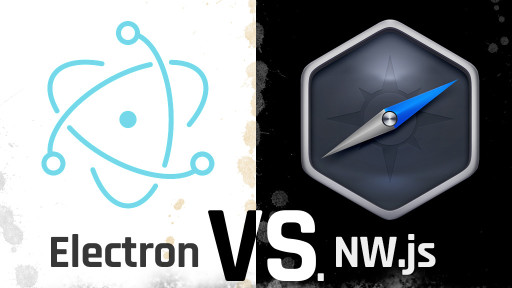
NW.js & Electron Compared
If you wish to create a native desktop application from web technologies, the open source world offers two main choices: NW.js (formerly node-webkit) and Electron (formerly atom-shell). Deciding which one to go with is not so obvious. That is precisely why I created the comparison chart found in this article. Hopefully, it will help you choose the right tool to build your next physical computing project.



